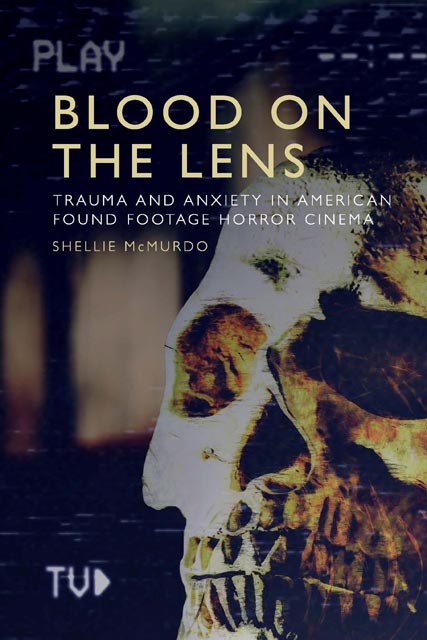6 - ‘They’re going to let us die’: trust in found footage horror
Published online by Cambridge University Press: 13 April 2023
Summary
Quarantine is both a remake of a Spanish film, [Rec], and simultaneously a film that is a product of distinctly American anxieties, for although it shares similarities with the original film, it is not an unequivocal duplication. For example, an interesting alteration was made concerning the origin of the contagion in the narrative. In Quarantine, the infection is a form of accelerated rabies that has been developed by a tenant in the apartment building the characters become trapped within; towards the end of the film, we see newspaper clippings in their home relating to a doomsday cult stealing the virus from a chemical weapons laboratory. This origin stands in contrast to the story of the original film, in which an agent of the Vatican, who has isolated the supposed viral cause of demonic possession, has developed the virus. Jaume Balagueró, the co-writer and co-director of [Rec], was reportedly displeased with this movement from virus of religious origin to one of biochemical threat, and Javier Botet, an actor in [Rec], stated ‘I don’t understand why they avoided the religious themes in the movie. They lost a very important part of the end’ (Turek, 2009). Throughout this chapter I will call attention to several further changes Quarantine makes to the narrative of [Rec]. I do this not to compare and contrast Quarantine to [Rec] and ultimately champion Quarantine as the more valuable film, or to suggest that it is in any way more clearly engaged with the global impact of 9/11, as [Rec] could well be presented as an example of how the event was being processed outside of North America. Instead, I position these changes as being made to perhaps specifically resonate with the anxieties of an American audience, through Quarantine’s more explicit construction of fear around the military, governmental agendas and media agencies.
Within this chapter, I will compare Quarantine at several points to the documentary film 9/11, which was released in 2002 and consists mainly of footage filmed by two cameras belonging to French-American brothers Jules and Gédéon Naudet. The Naudet brothers, along with New York firefighter James Hanlon, were shadowing a probationary firefighter named Tony Benetatos, and their original intention was to make a film about his experiences in this new role. On 11 September 2001, the brothers’ cameras captured unprecedented footage from inside a disaster.
- Type
- Chapter
- Information
- Blood on the LensTrauma and Anxiety in American Found Footage Horror Cinema, pp. 111 - 128Publisher: Edinburgh University PressPrint publication year: 2022



